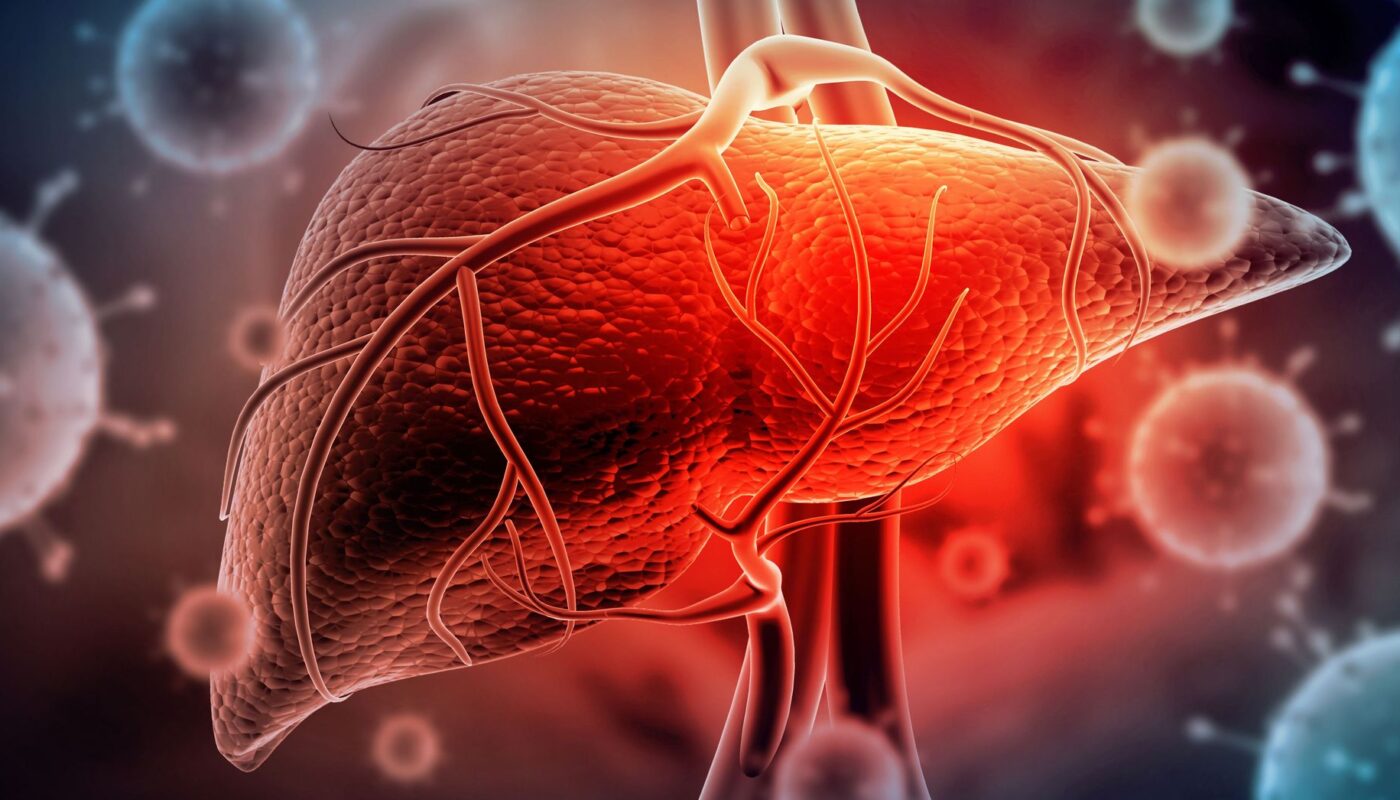Researchers at Children’s Hospital of Philadelphia (CHOP) have delved deeper into the complexities of Fontan-Associated Liver Disease (FALD), a complication faced by individuals with single-ventricle congenital heart disease who have undergone the Fontan operation. The team’s groundbreaking study, published in Science Translational Medicine, offers unprecedented insights into the disease’s development and potential therapeutic targets.
The Fontan operation, a standard treatment for single-ventricle congenital heart disease, redirects deoxygenated blood from the inferior vena cava directly into the pulmonary arteries. While this circulation sustains life for those with single ventricle heart conditions, it also poses challenges, including the potential for venous congestion and early-onset hepatic fibrosis, now known as FALD. Approximately 80,000 people worldwide have undergone this procedure.
The Fontan circulation, which pumps oxygenated blood from the lungs to the body, is essential for individuals with single ventricle heart disease. However, patients with Fontan circulation face potential complications, such as fibrosis, which can significantly impact their quality of life. As more patients survive Fontan surgery, understanding the underlying biology of FALD becomes increasingly important.
“Our goal is to offer these patients an improved quality and duration of life,” said study co-author Jack Rychik, MD, Director of the Fontan Rehabilitation, Wellness, Activity and Resilience Development (FORWARD) Program at CHOP. “This research is a crucial step towards finding a cure and improving outcomes for patients born with half a heart.”
In this study, researchers generated the first comprehensive atlas of RNA and epigenetic statuses of human FALD at a single-cell level by examining tissue samples from patients with early-stage disease. The atlas revealed significant cell-type specific changes in livers with Fontan circulation, with the most profound alterations observed in central hepatocytes, key cells responsible for proper liver function.
The researchers discovered that these hepatocytes undergo metabolic reprogramming before other cells associated with FALD become activated, suggesting that central hepatocytes play a crucial role in understanding the origins of the disease.
Additionally, the team identified how Activins A and B, signaling molecules involved in various developmental processes, may contribute to fibrosis development and could potentially serve as therapeutic targets.
“Our findings suggest that there may be a way for us to intervene and halt the process that leads to scarring at the cellular level,” said senior study author Liming Pei, Ph.D., an associate professor of Pathology and Laboratory Medicine at CHOP and a member of the CHOP Cardiovascular Institute. “Further studies are needed to confirm whether this information could lead to the discovery of new therapeutic options.”
*Note:
1. Source: Coherent Market Insights, Public sources, Desk research
2. We have leveraged AI tools to mine information and compile it




